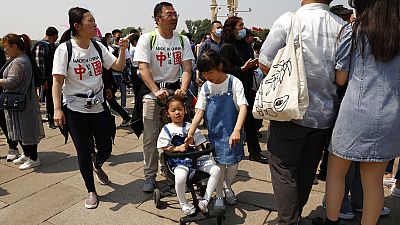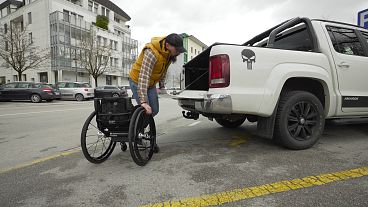The greying of Europe is a demographic phenomenon which sees a decrease both in fertility and in mortality rate and a higher life expectancy. This transformation is likely to have a significant impact on most aspects of society and the economy.
Europe's population is getting older.
Between now and 2030, most EU countries will see the number of workers over 50 increase to 55% of their overall labour force.
The European Commission forecasts that spending on healthcare for older people and pensions (currently 25% of GDP in the EU), will rise 2.3 percentage points by 2040.
The demographic challenges vary across the EU.
Portugal, Greece, Italy and Spain are among the top-10 countries in the world with the lowest fertility rate.
Uncertainty over poor job prospects, low wage expectations and an inflexible labour market are leading women to have fewer children and to have them later in life.
However, getting over-50s into good work has a positive impact on the economy, and can create new markets or expand the so-called silver economy.
The silver economy — spending by people aged 50 years old and above — will reach €6.4tn by 2025, and be responsible for nearly 40 per cent of the jobs created (source: EU Commission).



